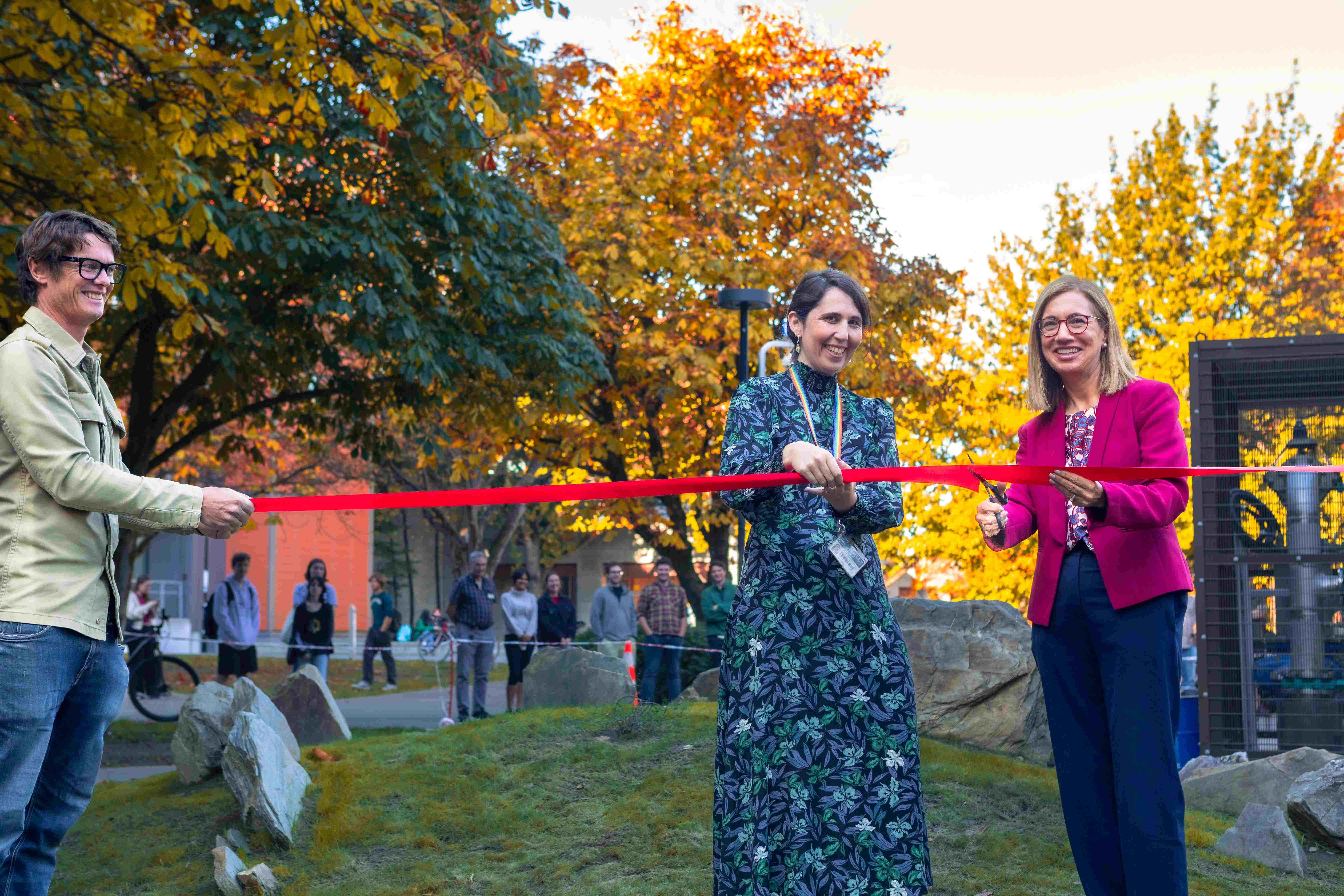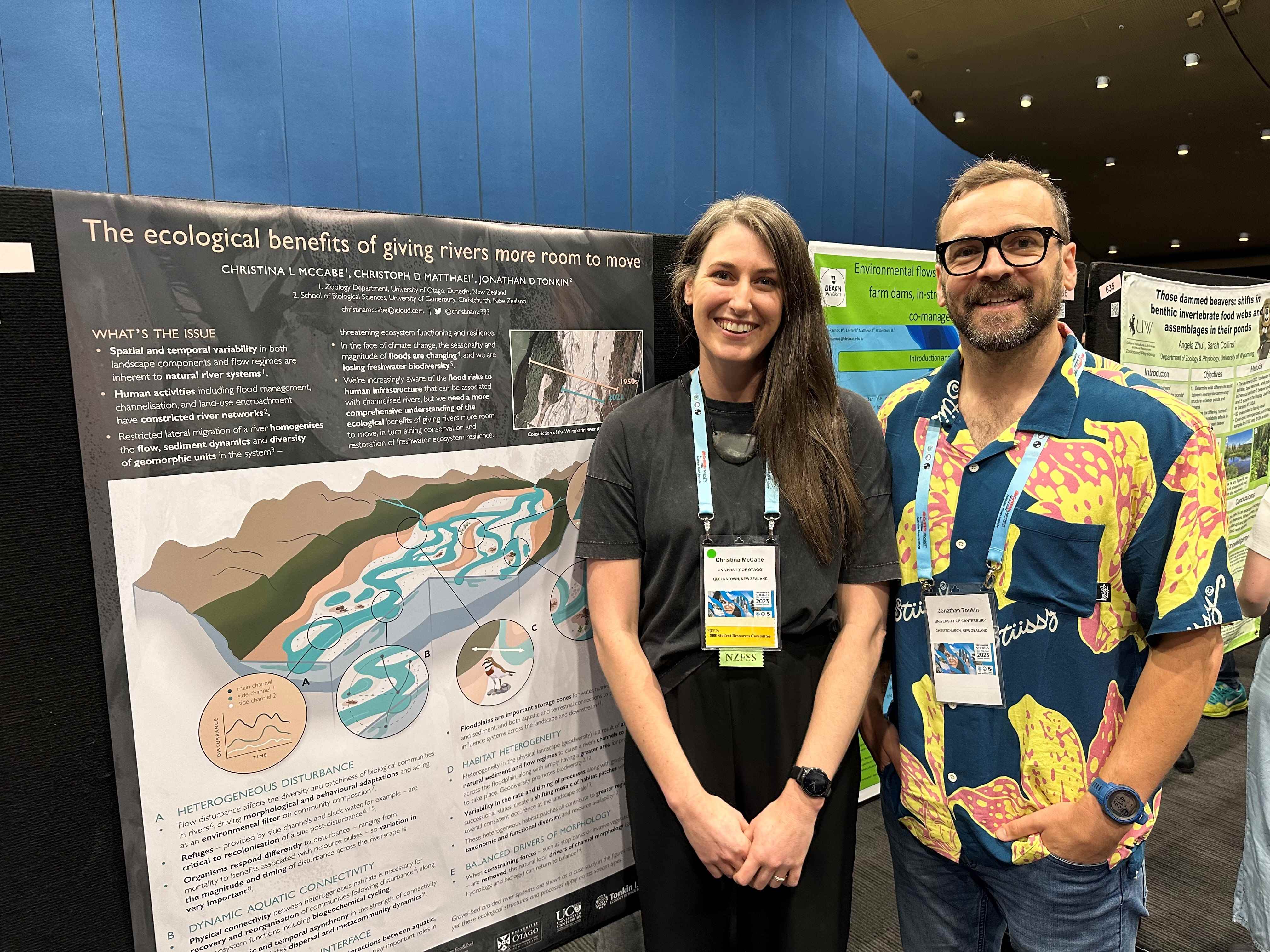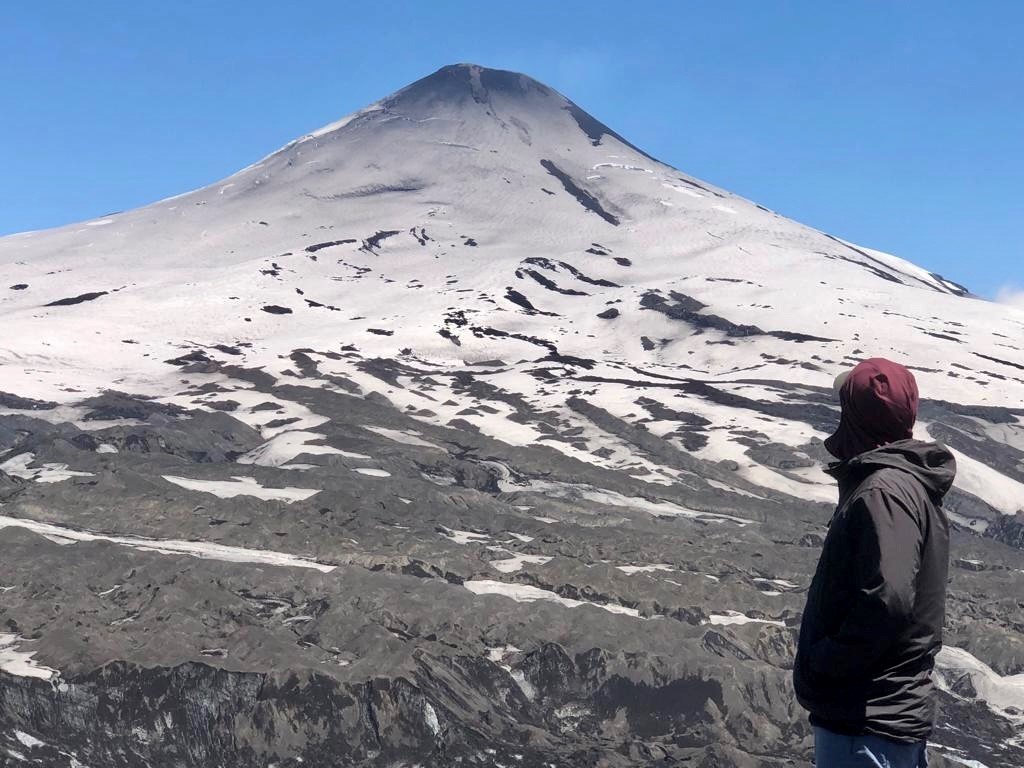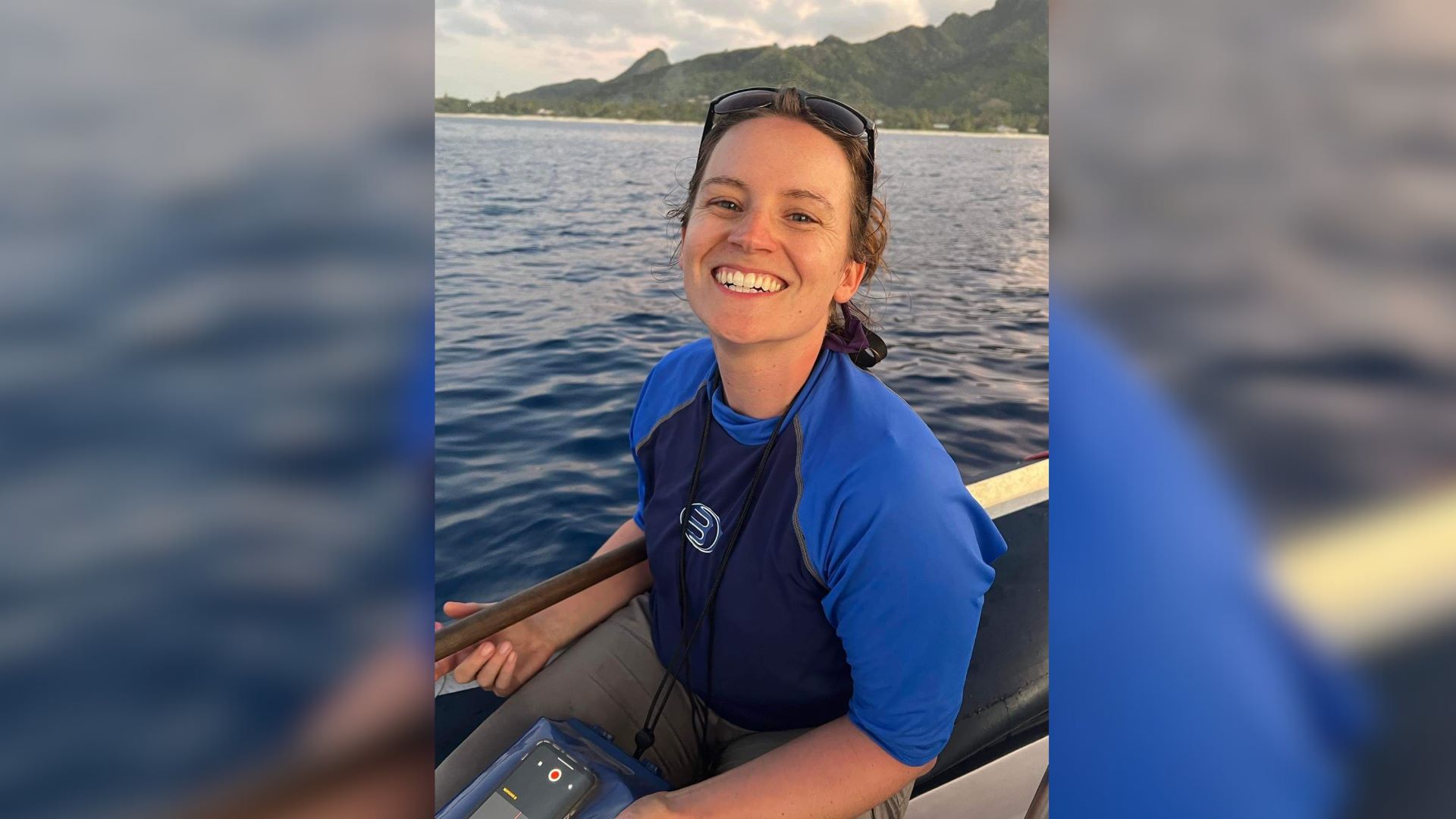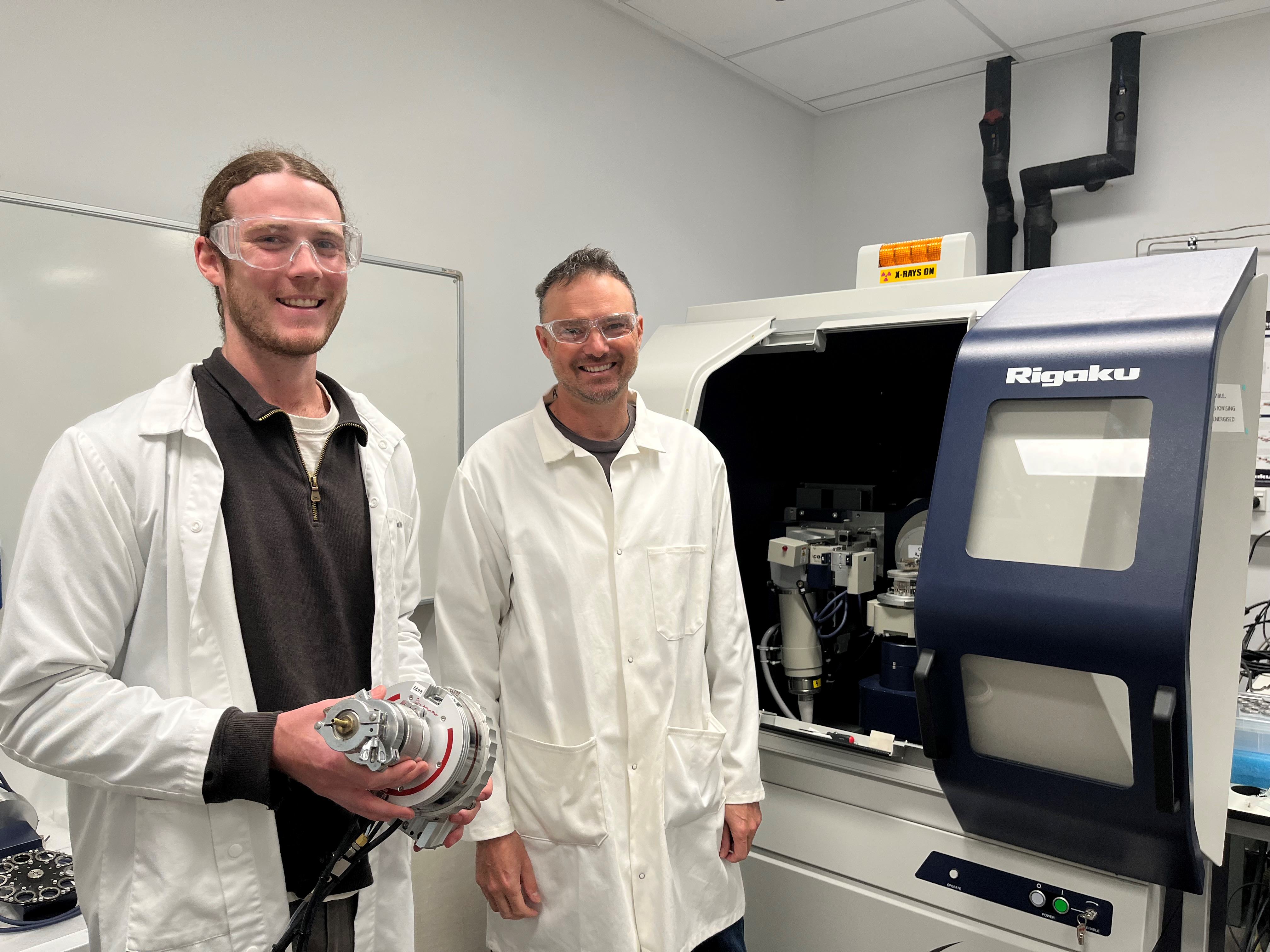This research provides a unique glimpse into the region’s climate at the time when people first entered the continent from the north, according to University of Queensland and ARC Centre of Excellence for Australian Biodiversity and Heritage researcher Dr Anna Florin.
Using the nutshell of anyakngarra – also known as pandanus – a team of researchers [including UC Professor Jamie Shulmeister and doctoral candidate Nicholas Patton led by Dr Florin worked alongside Mirarr Traditional Owners to develop a novel method to investigate past rainfall at the site called Madjedbebe.
“Using the scraps from meals eaten tens of thousands of years ago, we can now tell a localised story of climate change and explore its effects on communities through time,” said Dr Florin.
“The nutshells hold evidence in their composition for the amount of water available to them when they were growing and can be used to understand past rainfall,” she said.
Excavation director Professor Chris Clarkson from UQ’s School of Social Science said the research was a huge leap forward.
“We’re now able to read the changing rainfall record through time and match this to the amazing strategies that were developed by Aboriginal people to cope with a dramatically changing landscape,” Prof. Clarkson said.
The nutshells were discovered during excavations at Madjedbebe on Mirarr country in the Alligator Rivers region in 2012, and are the leftovers from meals eaten up to 65,000 years ago.
Coupled with other archaeological evidence from Madjedbebe, the research shows that the region was likely a good place to be even during glacial periods, allowing people to thrive during the driest spells in Australia’s history.
“This included during the Last Glacial Maximum – a period of global aridity occurring between about 25,000 and 18,000 years ago – in which Australia’s arid zone dramatically expanded.”
“What we can now see is that the region would have allowed early Australians to thrive during these long dry spells, perhaps also attracting communities from surrounding areas,” Dr Florin said.
Another very significant finding of the study was that the driest time in this long record of human use of the site was not during the Last Glacial Maximum, but today.
“Kakadu is experiencing the driest time since humans first arrived in the country,” Dr Florin said.
“It is also a time when the plants and animals of the region are experiencing extreme hardships; with feral animals, loss of biodiversity and disruptions to cultural landscape management, including vegetation burning, all posing increased threats to the health and wellbeing of the landscape and its Traditional Owners.”
Gundjeihmi Aboriginal Corporation chief executive officer Justin O’Brien said an “extraordinary depth of knowledge” was being gained at the Madjedbebe site.
“This research reaffirms the importance of its long-term protection,” Mr O’Brien said.
In addition to UQ, CABAH and Gundjeihmi Aboriginal Corporation, contributors to the joint study include the Max Planck Institute for the Science of Human History, University of Washington, University of Canterbury, Australian Nuclear Science and Technology Organisation, University of Wollongong and Griffith University.
The study was funded by the Australian Institute of Nuclear Science and Engineering, the Australian Research Council, the Wenner Gren Foundation, the Dan David Foundation, CABAH, and the Max Planck Institute for the Science of Human History.
The research is published today in Nature Ecology and Evolution (DOI: 10.1038/s41559-020-01379-8).
Published with permission from the University of Queensland.
Read the researchers companion piece on The Conversation: 'Burnt ancient nutshells reveal the story of climate change at Kakadu - now drier than ever before'.



